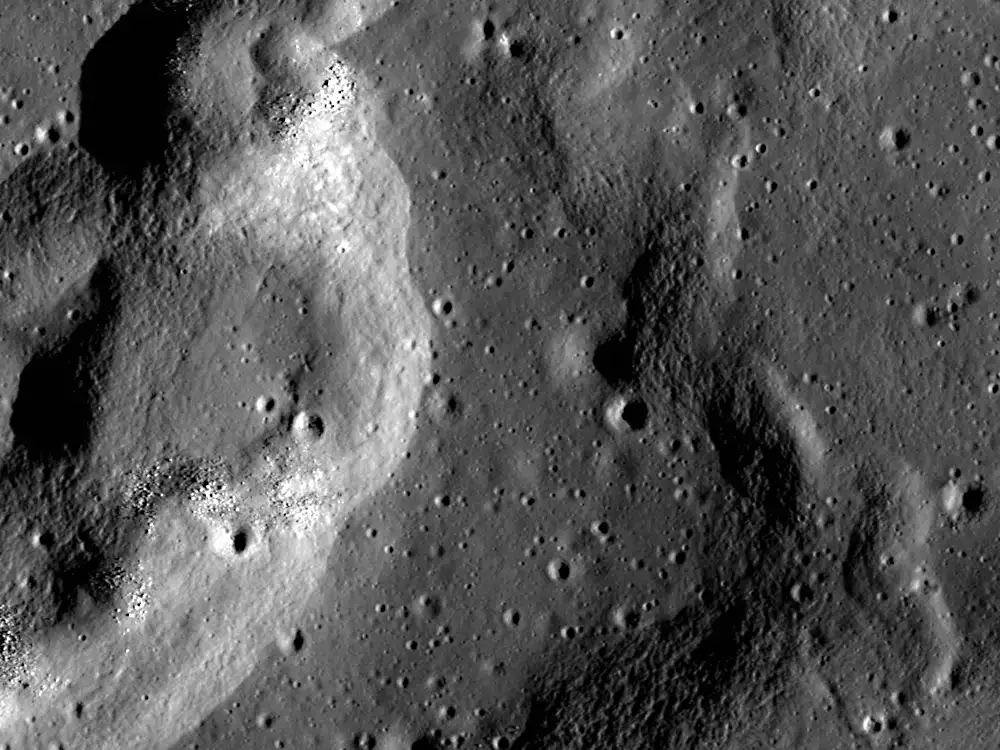Moon Paving: A New Solution for Lunar Exploration
By Pierre Herubel
As the idea of lunar rovers navigating all types of terrain gains appeal, researchers are now turning their attention to providing smoother roads on the Moon. Beyond the promise of a less bumpy ride for these resilient vehicles, scientists believe that paving the Moon could also protect landers and other technology sent to explore its surface. The primary reason for this lies in the unique challenge posed lunar dust.
While Earth benefits from wind and water that weather rocks into sand, the Moon’s thin atmosphere and lack of liquid water prevent rocks from undergoing the same transformation. Ironically, the absence of an atmosphere means that the lunar surface is constantly bombarded cosmic radiation and extraterrestrial impacts, resulting in powdery regolith.
This lunar dust poses a challenge due to its electrical charge and sharp edges, making it highly adhesive and abrasive. Over time, it could cause significant damage to lunar technology. Inhaling lunar dust is also ill-advised, as it can have severe consequences for human health.
To mitigate these challenges and improve lunar exploration, scientists have been considering the idea of constructing roads on the Moon. However, the cost and difficulty of transporting bulky materials from Earth to the Moon make this a daunting task.
In an effort to find on-site solutions, researchers conducted experiments to explore the possibility of using lunar dust to create suitable materials for lunar roads. Their approach involved subjecting lunar regolith to intense sunlight, aiming to fuse the dust into robust and rigid structures. To simulate the Sun’s radiation, they directed strong lasers at a synthetic material similar to lunar soil called EAC-1A.
These experiments resulted in a major breakthrough. The team successfully created triangular, hollow-centred tiles measuring approximately 9.8 inches in width and 1 inch in thickness. These tiles could interlock to form solid, level surfaces, serving as lunar roads and potential landing sites for future missions.
However, generating sunlight powerful enough to melt lunar dust into usable tiles required the use of exceptionally large lenses, up to a massive 5.7 feet in diameter. Imagine using a colossal magnifying glass, as tall as yourself, to ignite something!
Further research is needed to assess how these lunar tiles withstand the harsh lunar environment and determine their suitability as landing platforms. Simulated lunar conditions, including reduced gravity and low atmospheric pressure, will play a crucial role in this evaluation.
The findings of this groundbreaking research have been published in Scientific Reports and can be accessed at this link. With the possibility of smoother lunar roads and enhanced protection for lunar technology, the future of lunar exploration is looking brighter than ever.

